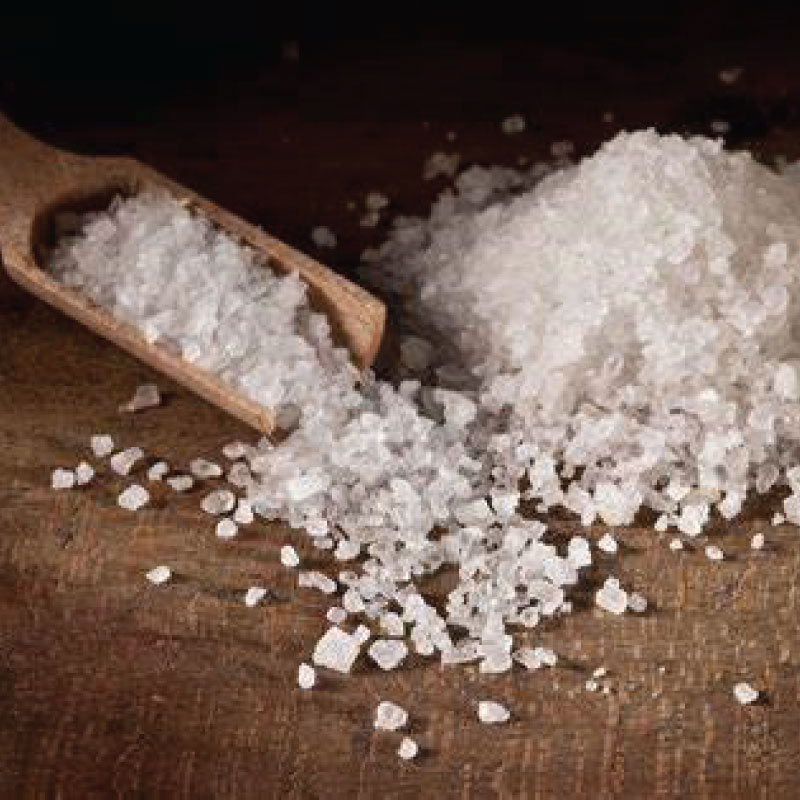Do you you know what’s the primary use for salt? The answer is : Chemicals /cleaning products. But today we’ll explore how salt plays an important roll on food processes and health benefits .
Salt is one of the most essential ingredients in cooking, but it is also one of the most controversial. While salt is necessary for our bodies to function properly, consuming too much salt can have negative health effects, such as high blood pressure and increased risk of heart disease. However, not all salts are created equal, and different types of salt can have different effects on our health. We will explore the different types of salt and their uses in cooking, as well as the health benefits and risks of salt consumption.
First, let’s talk about the different types of salt. The most common type of salt is table salt, which is made up of small, uniform crystals that are easy to measure and dissolve. Table salt is often fortified with iodine, which is important for thyroid health. However, some people prefer to use sea salt, which is harvested from evaporated seawater. Sea salt has a coarser texture and can have a more complex flavor than table salt. There are also specialty salts, such as Himalayanpink salt, which is believed to have health benefits due to its high mineral content, and smoked salt, which adds a smoky flavor to food.
Now, let’s talk about the different uses of salt in cooking. One of the most important uses of salt is to enhance the flavor of food. Salt can bring out the natural flavors of ingredients and balance out the sweetness or bitterness of certain foods. It is also used as a preservative, as salt can help to inhibit the growth of bacteria and other microorganisms that can spoil food. This is why salt is often used in curing meats, such as bacon and ham.
Salt can also be used to create certain textures and consistencies in food. For example, when making bread, salt is added to the dough to help strengthen the gluten strands, which gives the bread its structure and texture. Salt can also be used to tenderize meat by breaking down the protein fibers, which makes it easier to chew.
Now, let’s delve into the health benefits and risks of salt consumption. While consuming too much salt can have negative health effects, such as high blood pressure and increased risk of heart disease (THIS IS WHEN CONSUMING A S.A.D. DIET : Standard American Diet). Salt is necessary for our bodies to function properly. Salt helps to regulate the fluid balance in our bodies, and it is also important for nerve and muscle function. Remember that 1gram of carbohydrates store 1gram of water in the body. Salt has been demonized for years when the main problem hat is related to water retention and high blood pressure today is the high consumption of sugars who are responsible for this and so many other health issues .
However, not all salts are created equal when it comes to their health effects. Table salt, which is heavily processed and often contains additives, can have negative health effects when consumed in large amounts. Sea salt, on the other hand, is a more natural form of salt that contains a variety of minerals, such as magnesium and potassium, that can have positive health effects. Himalayan pink salt, which is believed to be one of the purest forms of salt available, is also believed to have health benefits due to its high mineral content.
Processed foods, such as canned soups and frozen dinners, can be high in sodium, as can restaurant meals and fast food.
So, what are some ways to reduce salt consumption while still enjoying flavorful food? One option is to use herbs and spices to add flavor to food instead of salt. Fresh herbs, such as basil, cilantro, and rosemary, can add a burst of flavor to dishes without adding salt. Spices, such as cumin, paprika, and turmeric, can also add depth and complexity to dishes. Another option is to choose lower-sodium versions of processed foods, or to make homemade versions of these foods using fresh ingredients and less salt.
Salt is an essential ingredient in cooking that can have a variety of uses and effects on our health. By understanding the different types of salt and their uses, as well as the health benefits of salt consumption, we can make informed choices about the salt we consume and enjoy flavorful, healthy meals. So the next time you reach for the salt shaker, remember to choose high-quality, natural forms of salt when possible.










